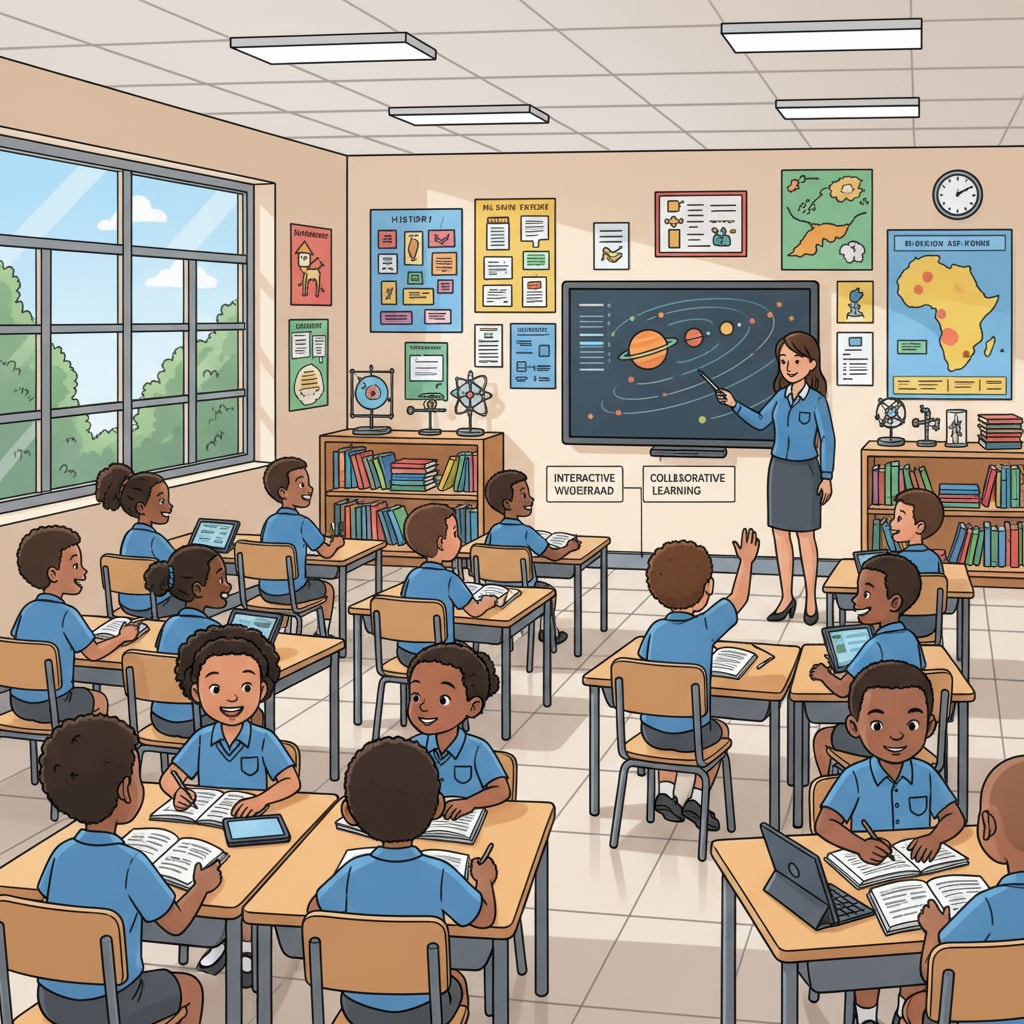Education inequality, resource allocation, and education reform are crucial aspects when examining South Africa’s K12 education system. The current state of education in South Africa reveals a significant divide that has far – reaching consequences for the nation’s youth.

The Root of Education Inequality
The origins of education inequality in South Africa can be traced back to its historical context. The legacy of apartheid has left a lasting imprint on the education system. During the apartheid era, different racial groups were provided with vastly different levels of educational resources. For example, white schools received far more funding, better – qualified teachers, and modern facilities compared to schools attended by black and other non – white students. This historical disparity has persisted over time, creating a structural inequality in the education system. According to Wikipedia’s page on Education in South Africa, the effects of apartheid on education are still evident today.

Resource Allocation Disparities
Resource allocation is a major factor contributing to education inequality. In South Africa, there is a significant gap between schools in wealthy and poor areas. Schools in affluent neighborhoods often have access to state – of – the – art facilities such as well – stocked libraries, science labs, and sports facilities. On the other hand, schools in disadvantaged areas struggle with overcrowded classrooms, a lack of textbooks, and insufficient teaching materials. In addition, the distribution of teachers is also uneven. Highly qualified teachers tend to be concentrated in more prosperous schools, leaving schools in poor areas with a shortage of skilled educators. As a result, students in these schools face a much more challenging learning environment, which further widens the educational gap.
The Need for Education Reform
To address these issues, comprehensive education reform is essential. Firstly, the government needs to re – evaluate its resource allocation policies. This includes ensuring that a more equitable distribution of funds is made to schools across the country, regardless of their location or the socioeconomic background of the students. Secondly, teacher training and recruitment should be focused on improving the quality of education in disadvantaged areas. Scholarships and incentives can be provided to encourage qualified teachers to work in these areas. Moreover, the curriculum should be revised to be more inclusive and relevant to the diverse needs of South African students. According to Britannica’s article on education in South Africa, these reforms are necessary steps towards creating a more just and effective education system.
Readability guidance: By understanding the root causes of education inequality, analyzing resource allocation disparities, and advocating for education reform, South Africa can take significant steps towards building a more inclusive and equitable K12 education system. This will not only benefit individual students but also contribute to the overall development and progress of the nation.


